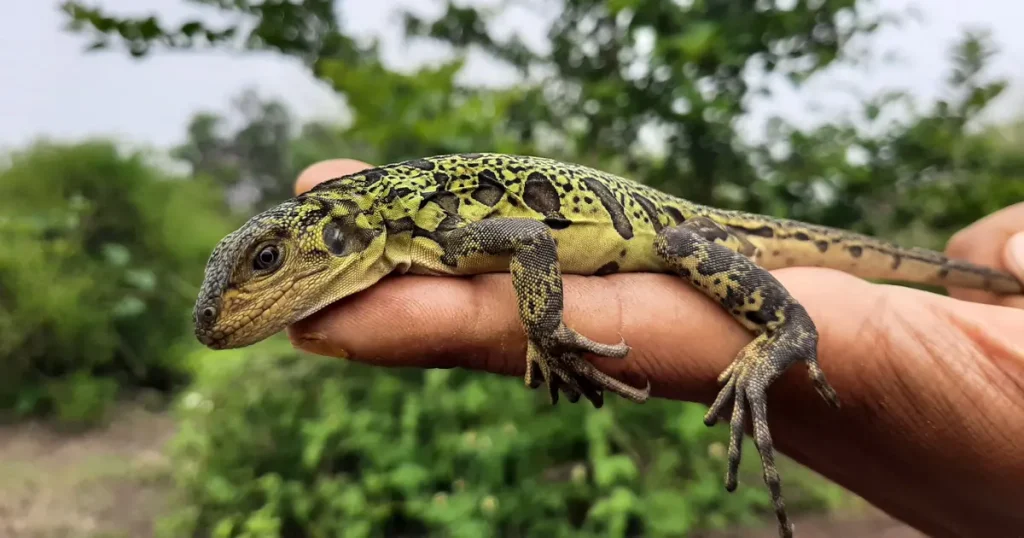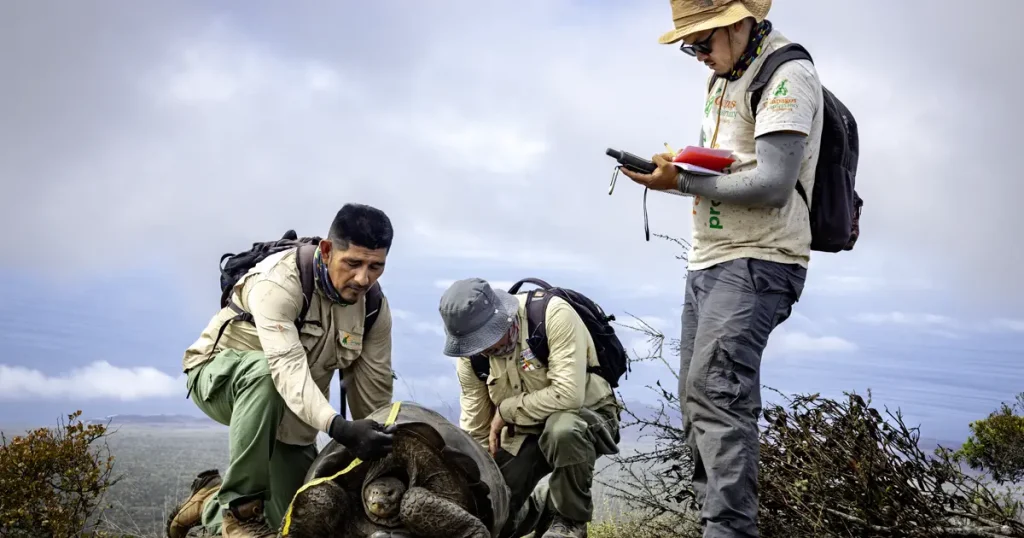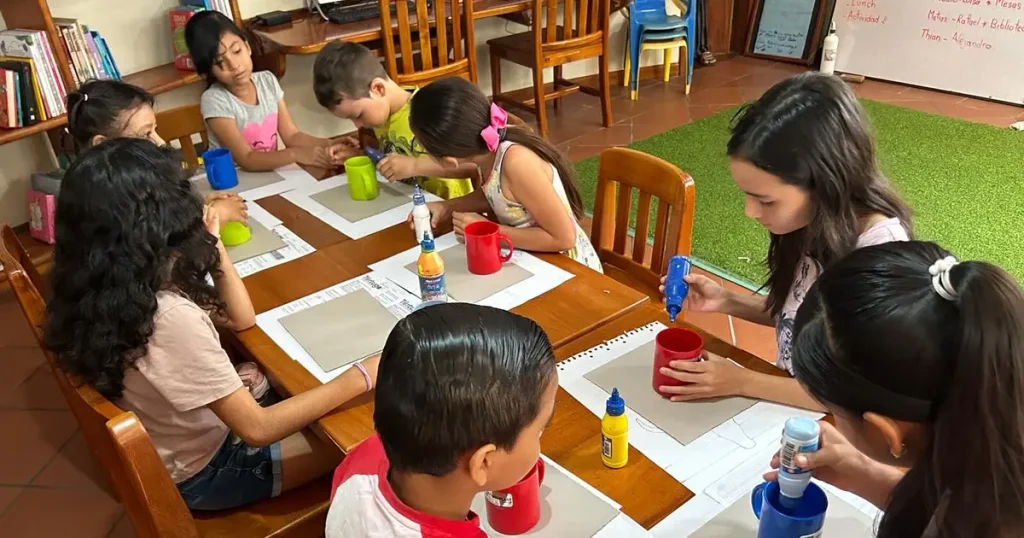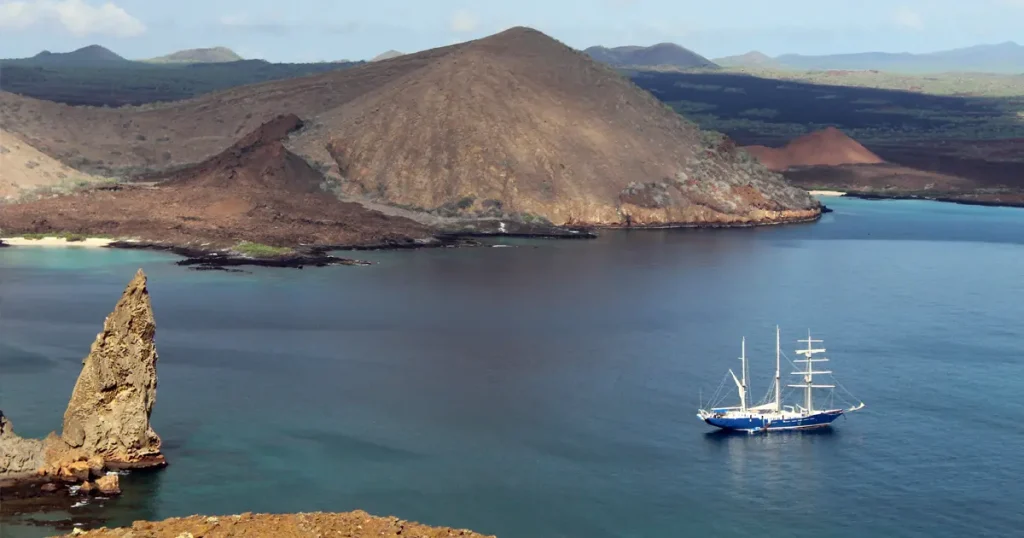Publication Confirms Fernanda as Fernandina Giant Tortoise
The highly anticipated scientific paper just published in the journal Communications Biology by a multinational group of scientists, including Galápagos Conservancy’s Vice President of Science and Conservation Dr. James Gibbs and General Director Washington Tapia, confirms that Fernanda, the lone female tortoise discovered on Fernandina Island in 2019, is a Fernandina Giant Tortoise of the species Chelonoidis phantasticus.
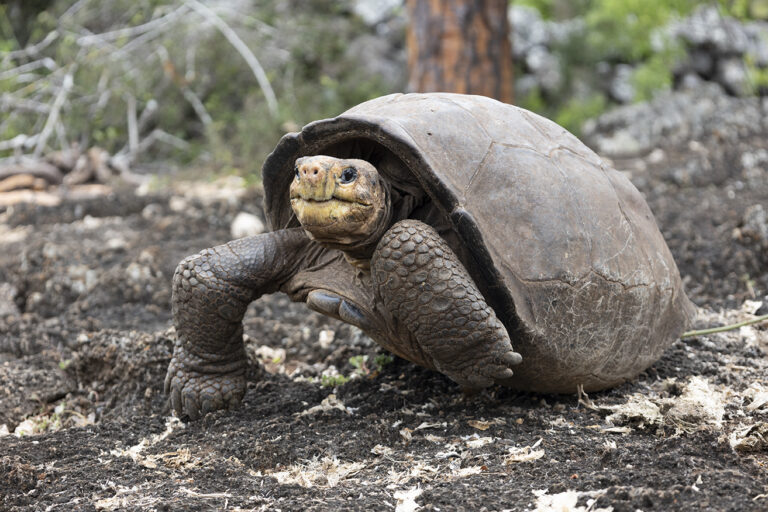
DNA analysis in early 2021 by researchers from Yale University and the University of Newcastle had previously declared the same conclusion, but this new evaluation highlights Fernanda’s genetic uniqueness and examines her species’ genetic relationship to other Galápagos Giant Tortoises.
The team of researchers compared the genomes of the two known specimens of the species — Fernanda and one collected on Fernandina Island in 1906 — with a dataset of genomes from each of the Archipelago’s 12 living and one extinct Giant Tortoise lineages.
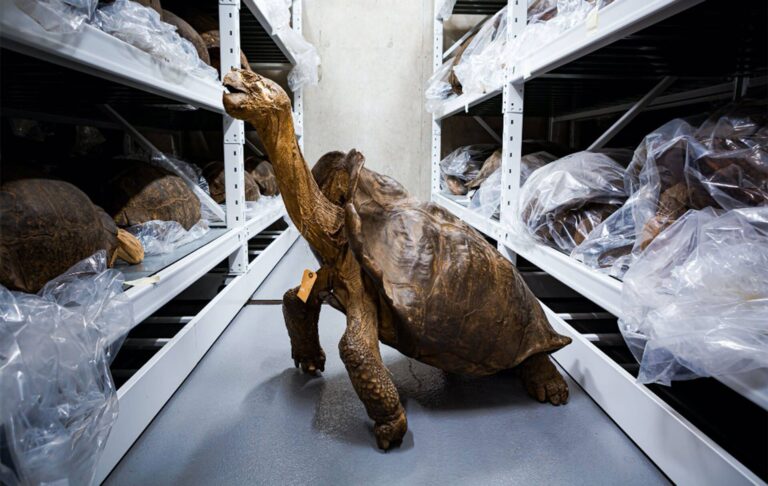
The study’s results confirmed that Fernanda and the specimen collected in 1906 are from the same lineage. These two individuals, representing one lineage, are genetically distinct from all other tortoises in Galápagos.
While Fernanda is again confirmed as the last known member of her species, recent expeditions to Fernandina Island have failed to locate another living member of the species. In the next few months, Galápagos Conservancy and Galápagos National Park will return to Fernandina island and, with helicopter support, explore areas inaccessible on foot in a last bid to search for a mate for Fernanda.
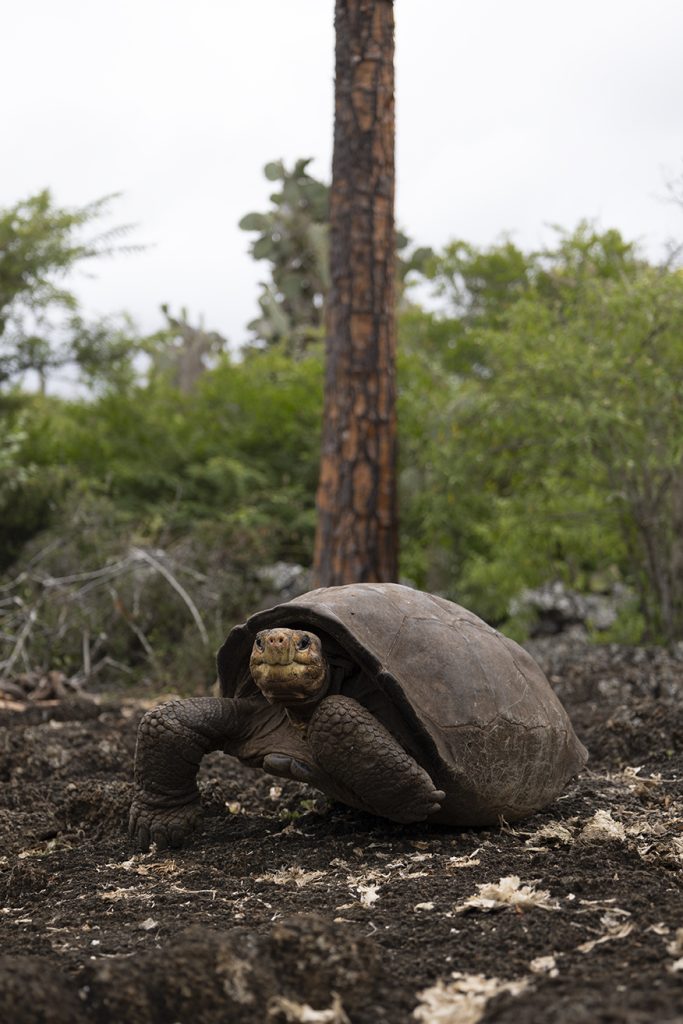
Fernanda is both a symbol of hope and a call to action for conservation in Galápagos. Her simple existence after over 100 years of presumed extinction is incredible. Her story will turn into tragedy if it follows the same trajectory as Lonesome George, the last Pinta Giant Tortoise who died in 2012.
Whether Fernanda is the “endling” of her species or not, she represents an exciting discovery that engenders hope that even long-unseen species may yet survive.
Read the full publication here.
